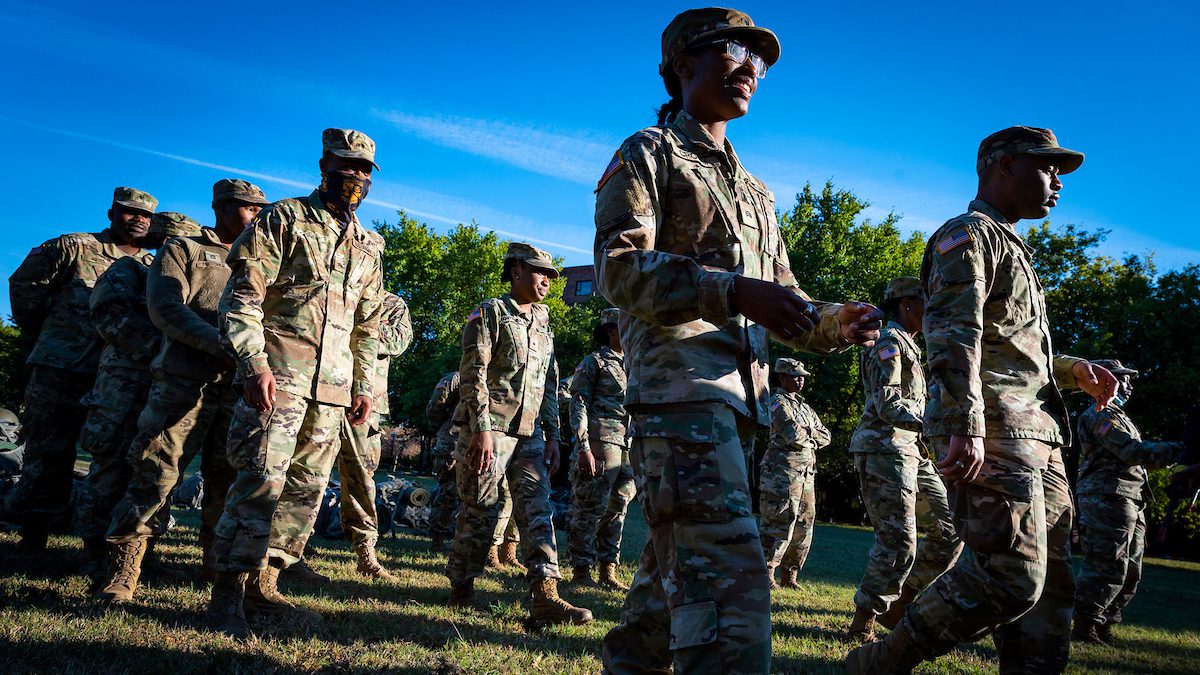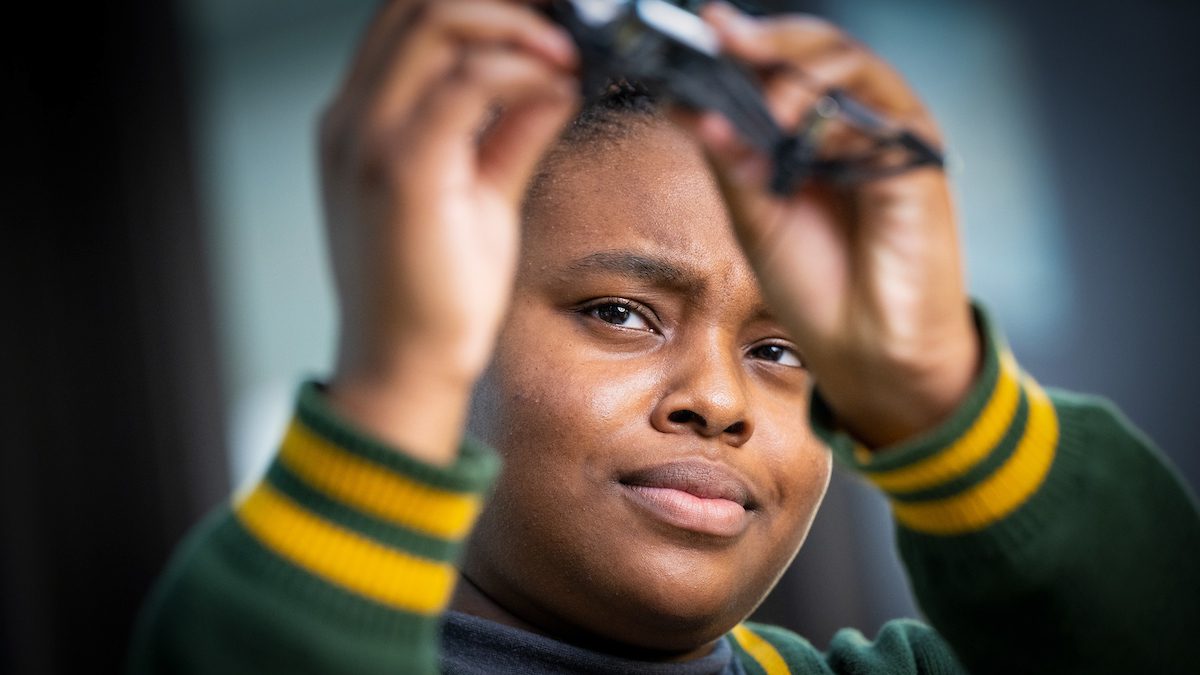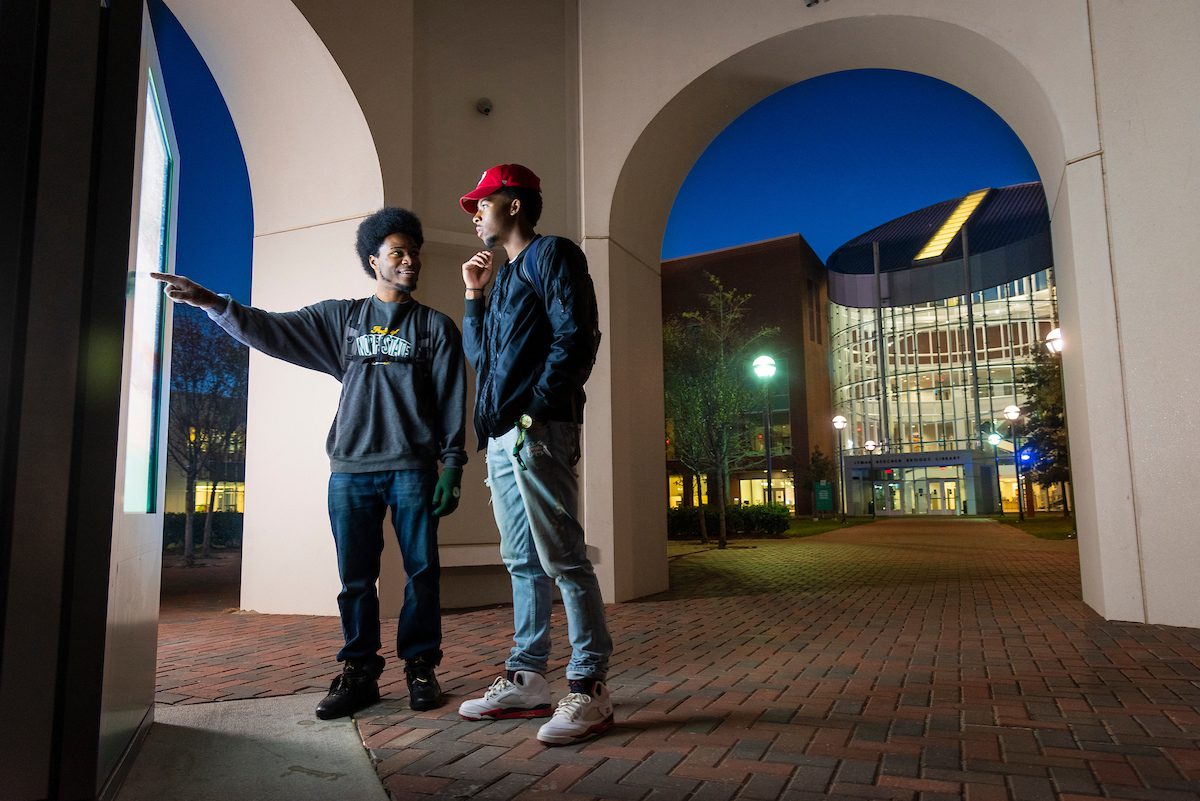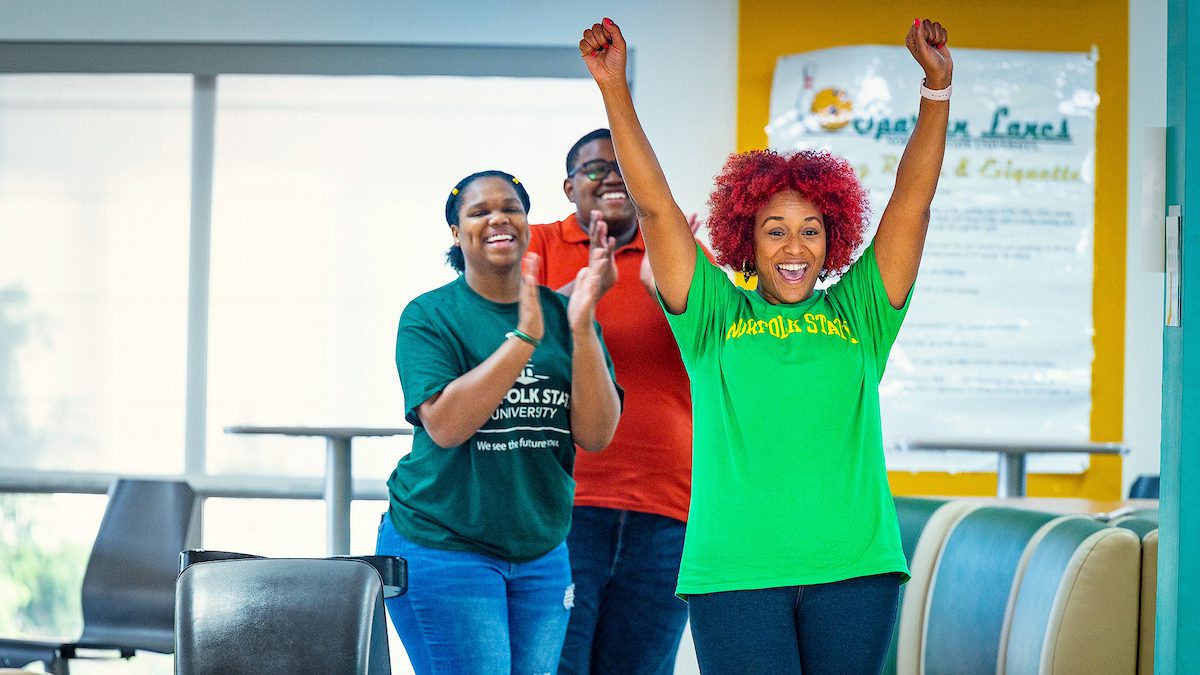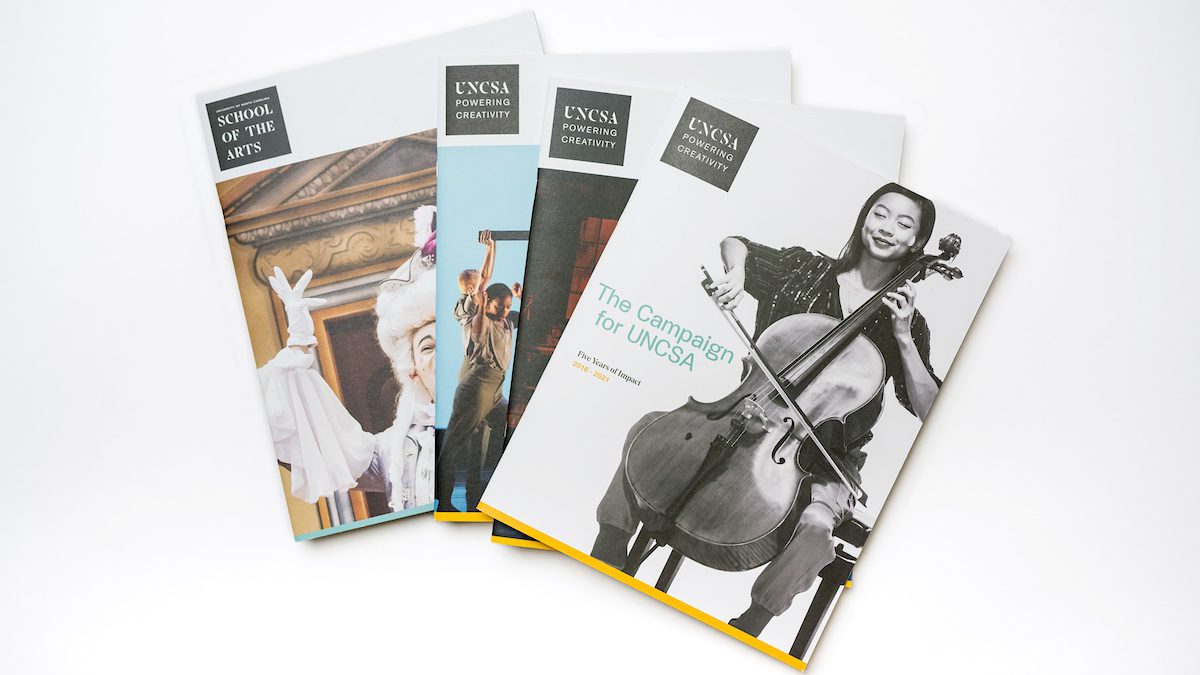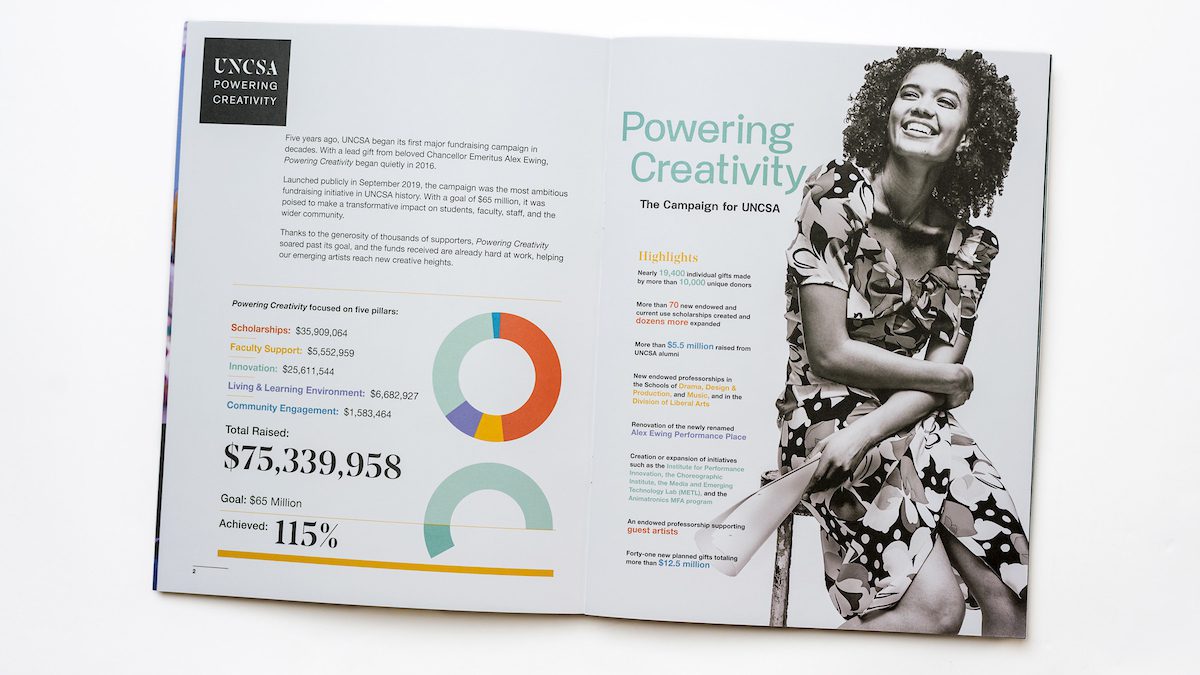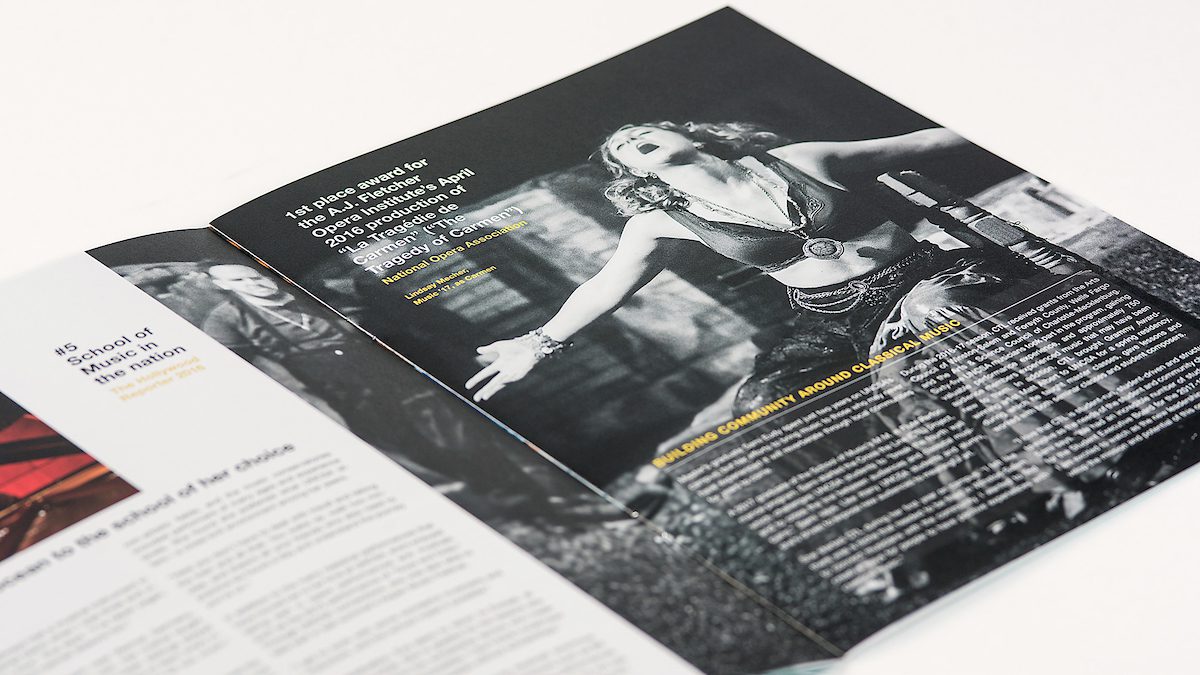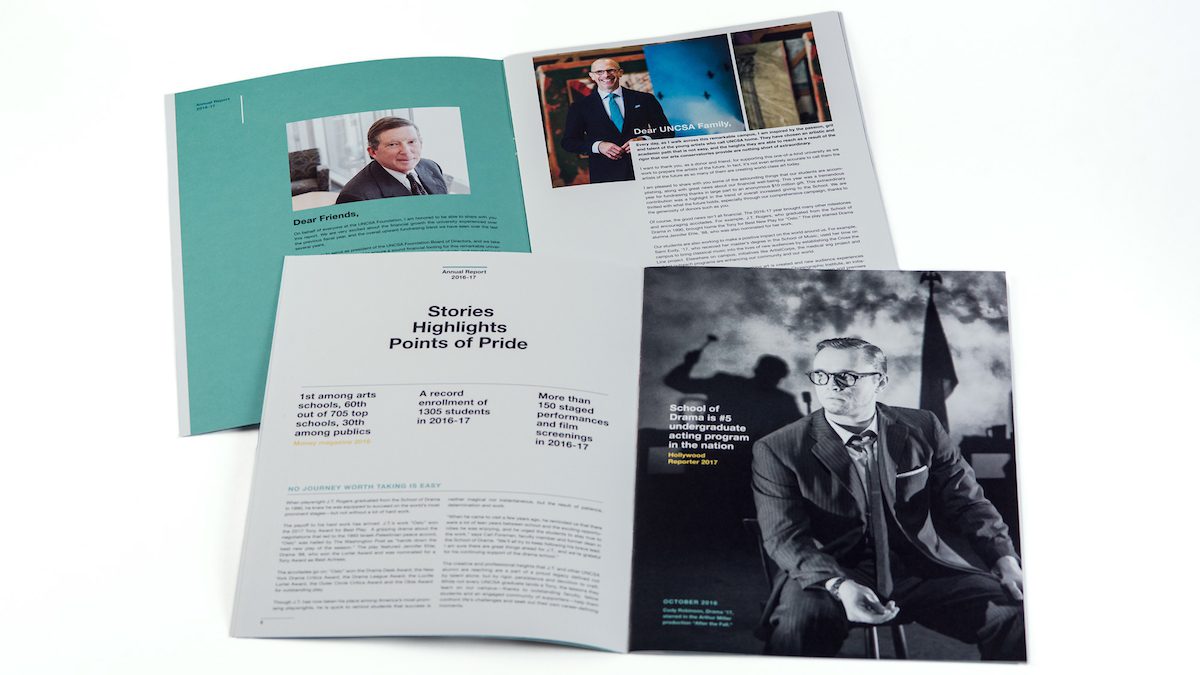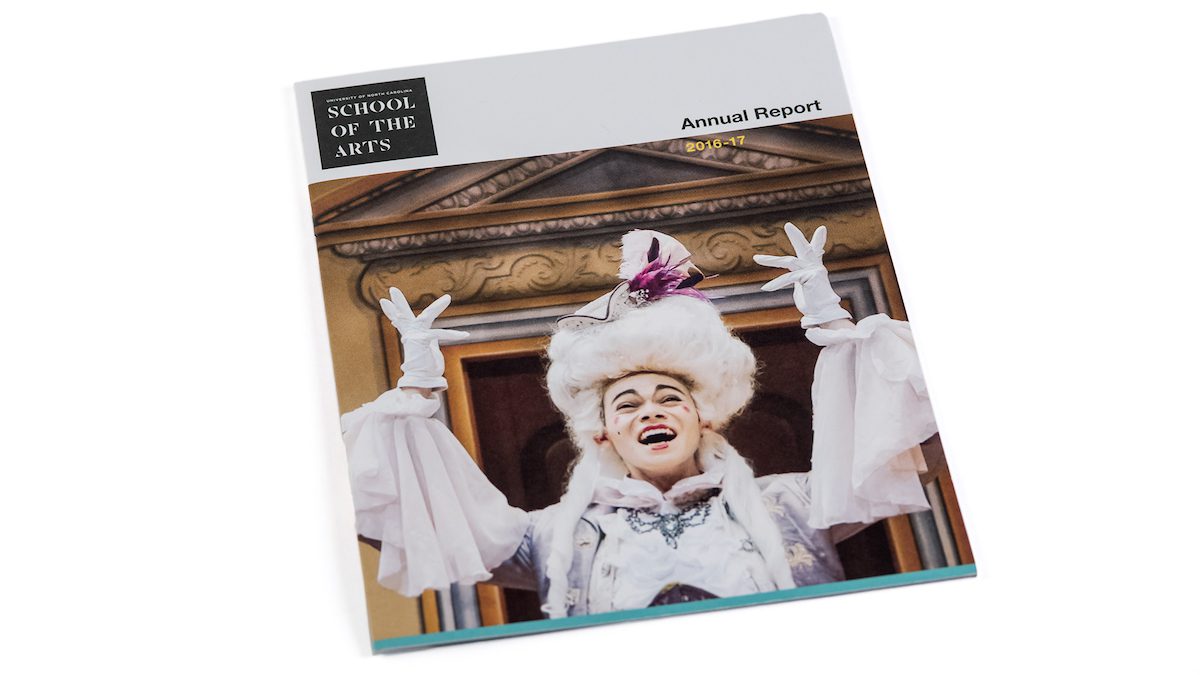There’s no better way to make an impact in higher ed recruiting and fundraising than through inspirational storytelling. At Tigermoth Creative, we’ve covered just about every kind of higher ed story. Students whose lives have been changed by a scholarship. Professors partnering with the community to conduct research or implement new ideas. Alumni changing the world in their own amazing ways. This kind of work never gets old for our team. By popular request, we’ve pulled together this post with tips to help you leverage the power of storytelling.
Before we delve into storytelling, let’s talk about brand messaging.
Ideally, your university has its narrative down pat, and every school and department speaks with that same narrative in mind — emphasis on ideally. More often than not, however, many different messages swirl around and outside of campus, leaving audiences with a blurred notion of your mission and what you stand for. To help universities establish a clear, compelling brand message, Tigermoth works closely with faculty, staff and administration to develop a Brand Messaging Guide. Our process includes discovery interviews, research and the development of a brand narrative that synthesizes many voices into one: a powerful message that everyone can own and take pride in, and most importantly, that inspires audiences to connect with you. We also develop training workshops on implementing consistent, effective messaging so that your team has the tools you need to carry out your narrative. If you don’t have your brand narrative established, reach out to us and we’ll walk you through getting your messaging foundation set.
1. When in doubt, tell stories.
We always recommend establishing a foundation of messaging that can serve you well into the future — but whether or not you have a strategic brand message already in place, stories can keep you moving forward. As you plan your budget, prioritize storytelling. Stories of your students, faculty, staff, research, programming, etc. give your recruiting and fundraising an authenticity that builds not only a sense of connection, but trust as well.
2. Repurpose your storytelling content and get the most out of your marketing investment.
At Tigermoth, we repurpose content as much as possible to give our client partners great value for their budget and to help them saturate a variety of communications with their message. Audiences need to see and hear from you many times before they will take action. So flood your marketing and communications with stories; use them on your website, in emails, in social media, at events and to elevate your donor stewardship. And repurpose them by editing longer form stories into briefs, photo captions, social posts and more. If you develop an annual budget for storytelling, you can add new stories to your arsenal year after year with ease and always be ahead of the game.
3. Balance stories with proof points — but let stories be king.
Statistics and points of pride have their place in marketing and fundraising communications. If you’ve got strong data, you definitely want to use them as call-outs and proof points around your impact. But rarely do facts and figures move humans they way stories do. Tell a prospective student or donor what you do, and maybe you will make their consideration set. Show them why through a powerful story, and they’ll want to be a part of your exciting work, inspiring prospective students to apply and prospective donors to make a gift.
4. What kind of a story should you tell? Any and all!
Sounds like a simple enough question, but it’s worth clarifying. Stories take all forms. Magazine features. Online narratives. A powerful photo with a caption. A documentary-style video, whether it’s one minute in length or seven. Stories make everything better — the website, the annual report, even the admissions checklists, the grant proposal and the campus visit presentation. They belong just about anywhere, whether in the halls of classroom buildings or the folder that houses your donor proposal. We even had a client leverage advertising at the gas pump! (Where else will you capture the attention of so many teenage drivers with nothing else to do for three minutes?) Any format that allows you to showcase people, that tugs at the heartstrings, that opens eyes, that makes you pause is one you should consider. The pause during which a headline or picture grabs someone’s attention is the moment that your most coveted students and donors imagine being a part of your story.
Want to see examples of what we’ve been talking about? Check out a couple of our favorite Tigermoth case studies
We’ve compiled examples of our storytelling work for colleges and universities, above and below. (You can also check out our blog post, “Is your organization magazine-worthy?” to take a peek at the UNCG School of Education magazine.) If you want to talk higher ed marketing, fundraising, recruiting or storytelling with our team, reach out to Rebecca for a meeting.
Norfolk State University
For four years, Chris has photographed Norfolk State students on campus, in classrooms and outside of the university walls (see slideshow, above). With deep roots in photojournalism and extensive experience in marketing photography, Chris knows how to capture candid images that exude energy and passion. NSU wanted to emphasize student life, community and the unique opportunities available on and off campus: ROTC students training to become honorable officers in the US Army, a driven cybersecurity professor focused on teaching his students the importance of cyber defense, students and faculty pioneering nanotechnology research. Chris navigated his way through a variety of settings, making sure each student was featured and that the mood was light and comfortable so that people not only looked natural and relaxed but had a great time, too.
University of North Carolina School of the Arts
UNCSA needed an annual report that reflected as much creativity and character as the school itself. With a recent update to their brand identity, UNCSA was searching for a partner who understood how to bring a fresh perspective to design while still aligning with the brand. Tigermoth was it. Everyone on our team is a brand ambassador to the core; in addition to developing an evocative brand presence, we respect an established identity and know how to design and write within the bounds of your narrative.
Also — this piece featured an element often missing in annual reports: storytelling. Stories of scholarship students who are empowered to pursue their craft. Stories about students chasing down their dreams to make it big in opera and drama. Stories that showcase the commitment of UNCSA to provide a conservatory-level education to each and every student, all of which leads to donors who feel confident about their investment in the UNCSA experience.





